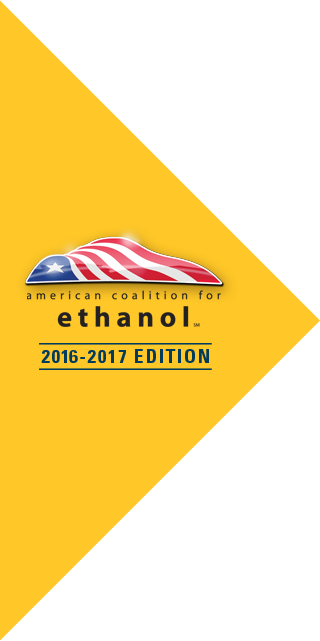EPA New Product Guidelines
Under new EPA guidelines, E15 and flex fuel retailers are required to demonstrate compatibility of the UST system (including the tank, piping, containment sumps, pumping equipment, release detection equipment, spill equipment, and overfill equipment) before taking delivery of the new fuel.
IMPORTANT NOTE: E15 and flex fuel compatibility requirements are NOT THE SAME. E85 and flex fuel requirements are much stricter (and more expensive) than E15 requirements.
Many “experts” in the petroleum industry have offered E85/flex fuel costs and requirements when asked what is required to sell E15. Underwriters Laboratories has (UL) three levels of ethanol compatibility: E10, E25, and E85. In dispensers, E25 compatibility (which most states require to sell E15) usually adds only a few hundred dollars to the cost of a new dispenser. E85 compatibility usually adds $8000 to $9000 to the cost of a dispenser. In
either case, EPA regulations say proof of compatibility can be accomplished using ONE of the following options:
(i) Certification or listing of UST system equipment or components by a nationally recognized, independent testing laboratory, for use with the regulated substance stored;
![]()
Translation: UL listing of UST system and parts. There are other independent testing labs, but manufacturers rarely use them. UL has an online compatibility index you can search at:
http://database.ul.com/cgi-bin/XYV/template/LISEXT/1FRAME/index.html
(ii) Equipment or component manufacturer approval. The manufacturer’s approval must be in writing, indicate an affirmative statement of compatibility, specify the range of biofuel blends the equipment or component is compatible with, and be from the equipment or component manufacturer;
![]()
Translation: Pretty much what it says… “XYZ Co. widgets are approved for use with blends of gasoline and ethanol from 0 to 85% ethanol” is an affirmative statement. “XYZ Co. widgets have no history of failure using biofuel blends” is not. Most manufacturers biofuel compatibility statements can be found at this PEI site:
http://www.pei.org/ust-component-compatibility-library
(iii) Use another option determined by the implementing agency to be no less protective of human health and the environment than the options listed in paragraph (b)(1) of this section
![]()
Translation: If you’ve got a better way to prove compatibility, bring it. Just keep in mind the decision on whether your method is better than EPA’s will be decided by EPA (so you should probably use one of the first
two methods).
Another excellent resource is the California Air Resources Board which has a searchable online database at:
http://www.waterboards.ca.gov/water_issues/programs/ust/alt_comp_opt/soc.shtml
Some station owners and operators have indicated they aren’t sure what brand(s) of underground equipment they have. NREL publishes the Handbook for Handling, Storing, and Dispensing E85 and Other Ethanol-Gasoline Blends, and updates it every few years. The latest version was published in February of 2016, and among the other excellent information the guide provides, the back of the book has several Tables that can help marketers find out where their equipment came from and if it is compatible. That publication can be found online at http://www.nrel.gov/docs/fy16osti/65744.pdf
Two final IMPORTANT points:
First, DON’T GUESS. Contact the petroleum equipment company that services the brand of dispensers used at your station. Chances are that company also did the UST work and may have records of what was installed. If you don’t know, don’t do it.
Finally, EPA’s compatibility guidelines go on to say this:
“The use of any equipment to offer E15 that does not satisfy these requirements, even if that equipment is technically compatible with E15, would pose potential liability for the retailer, including concerns related to liability for equipment damage.”
![]()
Translation: Get all of this information IN WRITING and put it somewhere safe. Even if your equipment is 100% compatible, it’s not compatible until you’ve got paperwork that says it’s compatible.



